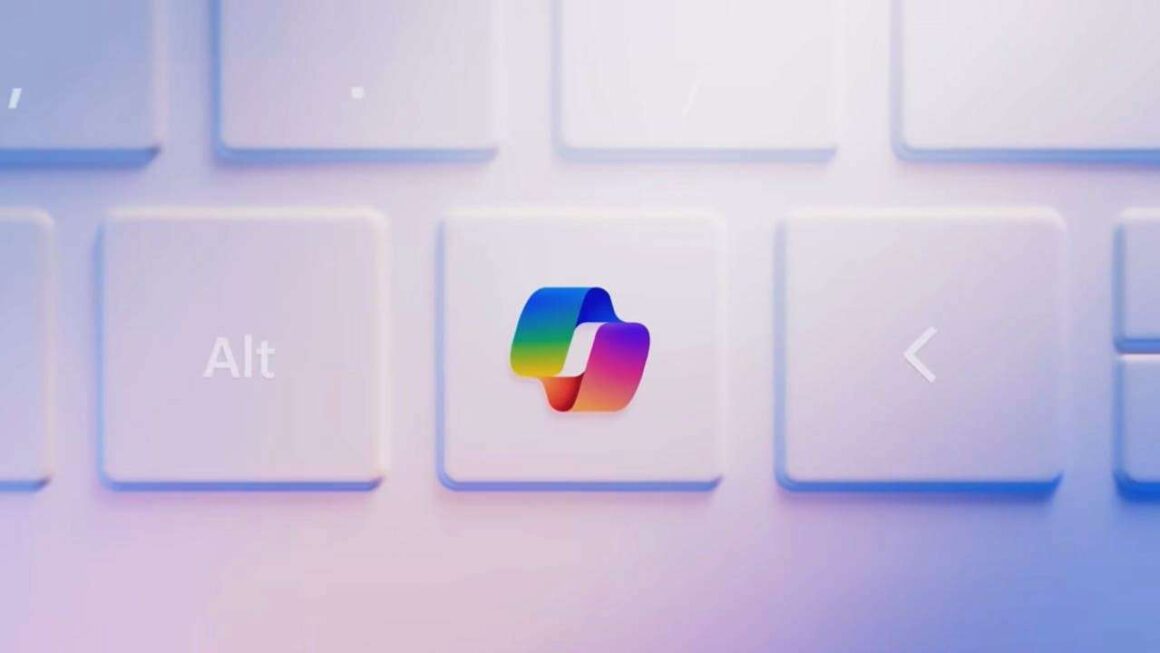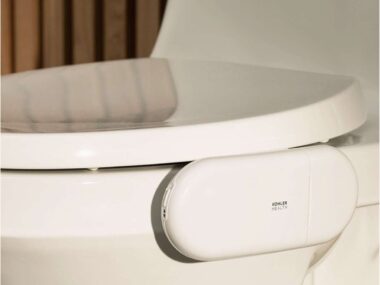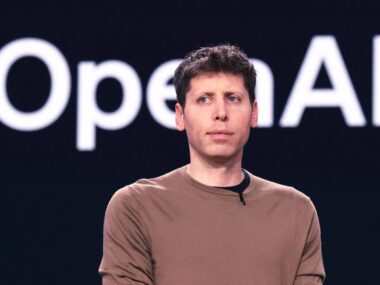Most Windows users aren’t exactly thrilled with Microsoft’s new Copilot updates. The company’s October 16 rollout added Copilot Voice and Copilot Vision to every Windows 11 PC. These features let Microsoft’s AI assistant see what’s on your screen, listen for your commands, and even act on your behalf.
The Upgrade Nobody Asked For
You can now say “Hey Copilot” to open apps, fix settings, or ask questions about whatever’s on screen. The AI can even guide you through tasks or troubleshoot problems in real time. Microsoft says it’s focused on “user control” while “minimizing intrusiveness.”
Microsoft is determined to transform Windows 11 PCs into glorified AI models that are meant to function more as “partners” than a computer. The thing is this isn’t what the average user wants. They don’t want to talk to their computers. They don’t want an AI scanning their files and documents. While the company insists your privacy is protected, it’s not easy to trust an AI that can peer across your screen, documents, and emails. What exactly is Microsoft doing with so much sensitive data?
It doesn’t help that these features were released a couple of days after Microsoft ended support for Windows 10. This leaves millions of users feeling like they’re forced into an upgrade they never asked for.
The Real Target Audience
The truth is, these features were never really meant for home users. They’re for Microsoft’s enterprise customers. The businesses that use Microsoft 365, Azure, and Copilot for large-scale operations. Microsoft reports 85% of Fortune 500 companies already use its AI tools to automate work, analyze data, or streamline processes.
In that context, Copilot isn’t an experiment. It’s infrastructure. Microsoft wants to normalize AI-native computing across corporate systems. The company’s AI rollout isn’t about making your personal computer more conversational. They’re trying to keep its enterprise customers inside the Microsoft ecosystem.
Following the Money
Microsoft’s motivation is about survival more than hype. The global AI market is valued at roughly $391 billion this year according to Grand View Research. That number is expected to multiply in the next few years.
Corporate adoption is already skyrocketing. Nearly 80% of global organizations are using AI in at least one function, while 92% plan to increase spending. For Microsoft, embedding AI into Windows, Office, and Azure isn’t optional. It’s how they block competition from Google or Amazon.
This also explains why Microsoft keeps calling Windows PCs “AI partners” instead of just tools. The company wants the PC to evolve into a gateway for its AI cloud services. A seamless bridge between personal devices and corporate networks.
The Consumer Backlash
Home users, however, see little benefit. Many describe Copilot as being unreliable, often suggesting tasks instead of completing them. Privacy settings are buried deep in menus. Notifications about data access are vague. For users who want a stable operating system, Microsoft’s new AI push feels like a forced experiment.
There’s also lingering distrust from previous blunders. Like the Recall feature that could automatically capture screen activity. Even though Copilot Vision is opt-in, the resemblance is hard to ignore.
Microsoft’s AI Future Doesn’t Include Everyone
Microsoft’s AI ambitions may sound like a vision for the future, but it’s not one that includes all users equally. Their decision to double down on Copilot isn’t driven by what regular users want. It’s the company delivering what their enterprise clients expect.
Their revenue still relies on commercial subscriptions and cloud services, not individual Windows licenses. By embedding AI into Windows 11, Microsoft ensures that businesses who use their software have no choice but to use its AI too. It’s a way to secure recurring revenue through the Copilot ecosystem.
The next era of Windows isn’t designed to serve users. It’s designed to serve Microsoft.





